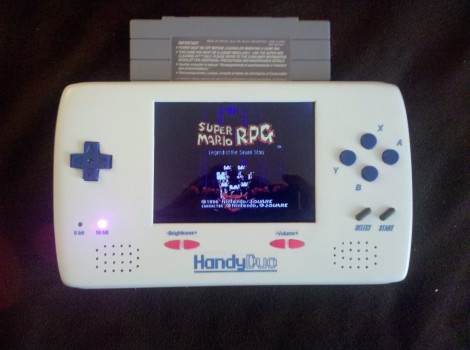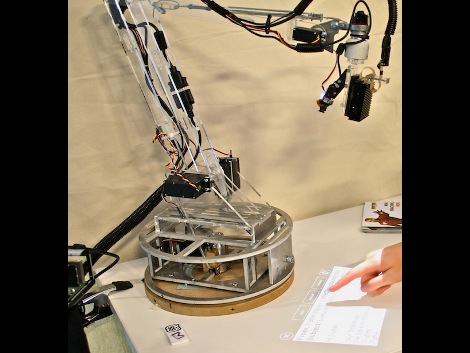[youtube=http://www.youtube.com/watch?v=bEEVwf6E10M]
Here’s an Android device controlling a LEGO Mindstorms robot. [Josh] and a couple of his colleagues developed software to get both Android 2.1 (video above) and Android 1.6 (video) to work as Bluetooth control devices. The NXT cube is running leJOS, a Java virtual machine, allowing you to program Mindstorms using Java. Although their code is at an early Alpha stage, this shows that it works and is a very welcomed tool for NXT development once they get to a more stable point and release it to the masses.
















